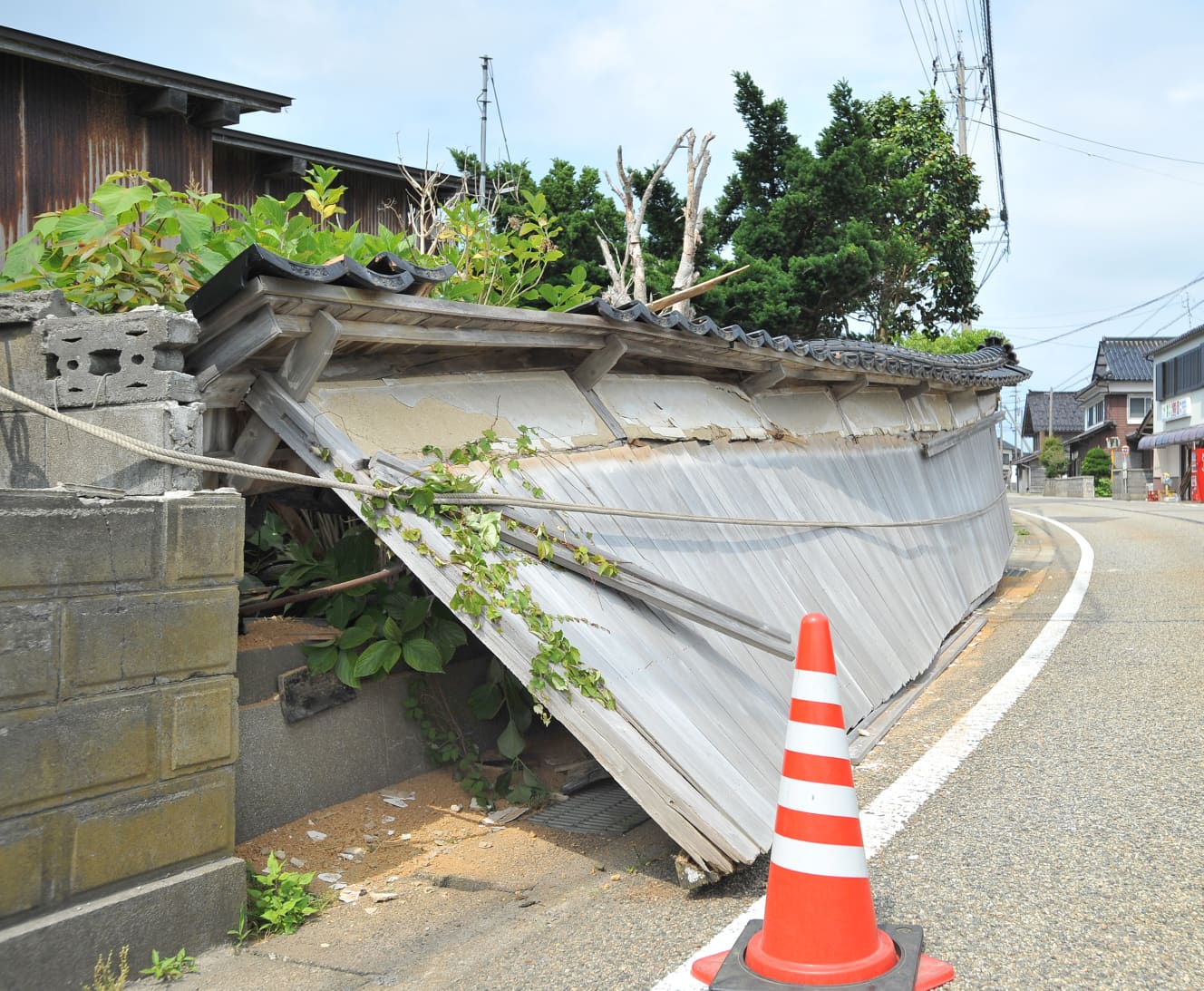Even at this very moment…Fear of “Direct-Shaped & Outer-Rise Earthquakes” Striking Japan
11 years after the Great East Japan Earthquake, the Pacific Plate has become more active. Frequent major tremors, including a magnitude 6 earthquake in the Noto region of Ishikawa Prefecture and a magnitude 5 earthquake in Kumamoto Prefecture, should be forewarned before the Nankai Trough earthquake.

The movement of the Pacific Plate, which is pushing the Japanese archipelago from the east, has become more active in recent years, and this has led to the frequent occurrence of precursor earthquakes in various parts of Japan.
Just after 3:00 p.m. on June 19, a large-scale earthquake measuring 5.4 on the Richter scale (M) occurred in Suzu City in the Noto region of Ishikawa Prefecture, with an intensity of just under 6 on the Japanese seismic scale. A week later, on the 26th, a magnitude 4.7 earthquake occurred in Misato Town, Kumamoto Prefecture, near the epicenter of the Kumamoto earthquake in 2004, registering just under 5 on the Japanese seismic scale.
The North American Plate and the Philippine Sea Plate are also moving more than ever, pushed by the Pacific Plate. As a result, strain is building up all over the Japanese archipelago, causing earthquakes here and there to crack and rupture,” said Professor Takahashi.
In fact, there were 50 earthquakes of M4 or greater in Japan in June alone (see chart above, as of June 27), and among them, the earthquake in the Noto region of Ishikawa Prefecture is the one that should be noted as a seismic activity to watch out for. A 5.0 magnitude earthquake also occurred on the 20th, the day after the 5.4 magnitude earthquake.
The earthquakes occurring in the Noto region right now are what we call earthquake swarms, and the M5.4 and M5.0 earthquakes are considered to be part of a series of earthquake swarms. We know that swarm earthquakes are caused by large crustal distortions. Therefore, if seismic activity continues as it is now, there is a possibility that earthquakes of the same magnitude will occur again,” said Professor Shinji Toda of the International Research Institute of Disaster Science, Tohoku University.
Professor Takahashi also points out the danger of a major earthquake of M6.5-7.5 centered in the Hokuriku region.
The Japanese archipelago has an inverted “U” shape, with Hokkaido and the Tohoku region being pushed westward by the Pacific Plate and the southwestern region being pushed northward by the Philippine Sea Plate. As a result, strain tends to accumulate in the areas from Tottori to Hokuriku, Niigata, Kinki, Gifu, and Aichi. The Noto earthquake is a symbolic example of this. As the Pacific Plate and the Philippine Sea Plate are becoming more active, it would not be surprising if a huge subduction earthquake were to occur at any time in or around this region.”
Another dangerous sign of recent seismic activity is the earthquake in the area from Taiwan to the main island of Okinawa. The seismic intensity is about 2, but there have been a number of earthquakes with magnitudes of over 5.
There has been a noticeable increase in the number of medium-sized earthquakes near the Ryukyu Trench, which is an extension of the Nankai Trough. The cause is the increased activity of the Philippine Sea Plate, and there is a possibility that trench-type earthquakes will occur in the Ryukyu Trench and Okinawa Trough in conjunction with earthquakes directly under the Tokyo metropolitan area and the Nankai Trough in the fairly near future” (Professor Takahashi).
In addition to these two earthquakes, there is also concern about the occurrence of a major earthquake off the coast of the Tohoku region that will be linked to the 2011 off the Pacific coast of Tohoku earthquake.
The earthquake is called an “outer-rise earthquake,” which has a high possibility of triggering a huge tsunami. It tends to occur in conjunction with a major trench-type earthquake, which is caused by the Pacific Plate tearing offshore,” said Professor Takahashi.
This earthquake is expected to be smaller in scale than the main quake. However, it will still be an M8.0 earthquake. Professor Takahashi continues.
The Sumatra-Andaman earthquake that triggered the Indian Ocean tsunami occurred in 2004. Eight years later, in 2012, an outer-rise earthquake of M8.6 occurred. The Tohoku earthquake occurred in 2011, so it could happen at any time.
Since the Great East Japan Earthquake of 2011, Japan’s awareness and technology for disaster prevention have improved dramatically. However, more preparations are still needed for the coming massive earthquake.

From the July 15, 2022 issue of FRIDAY
PHOTO: Soichiro Koriyama Junpei Kota
